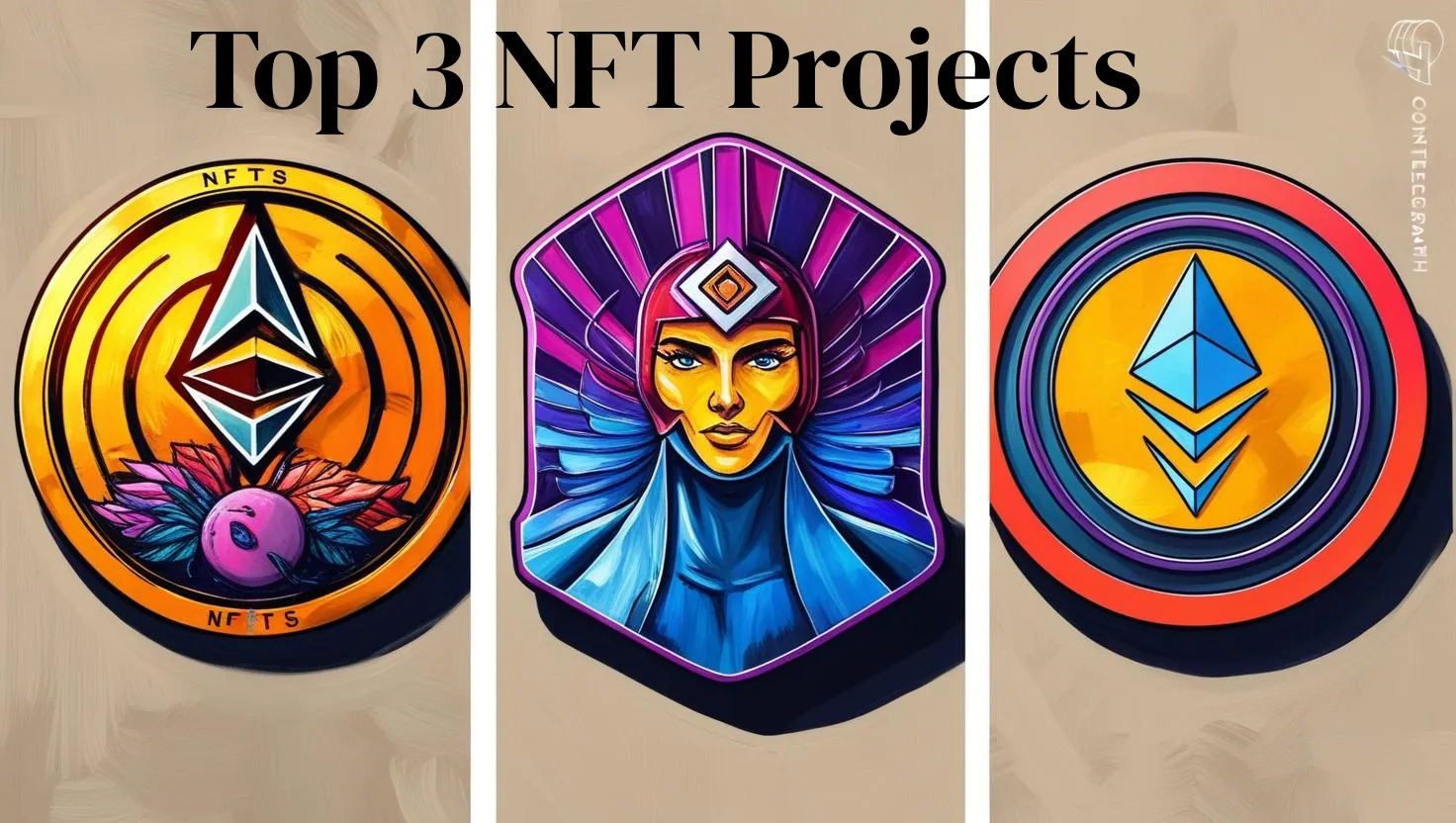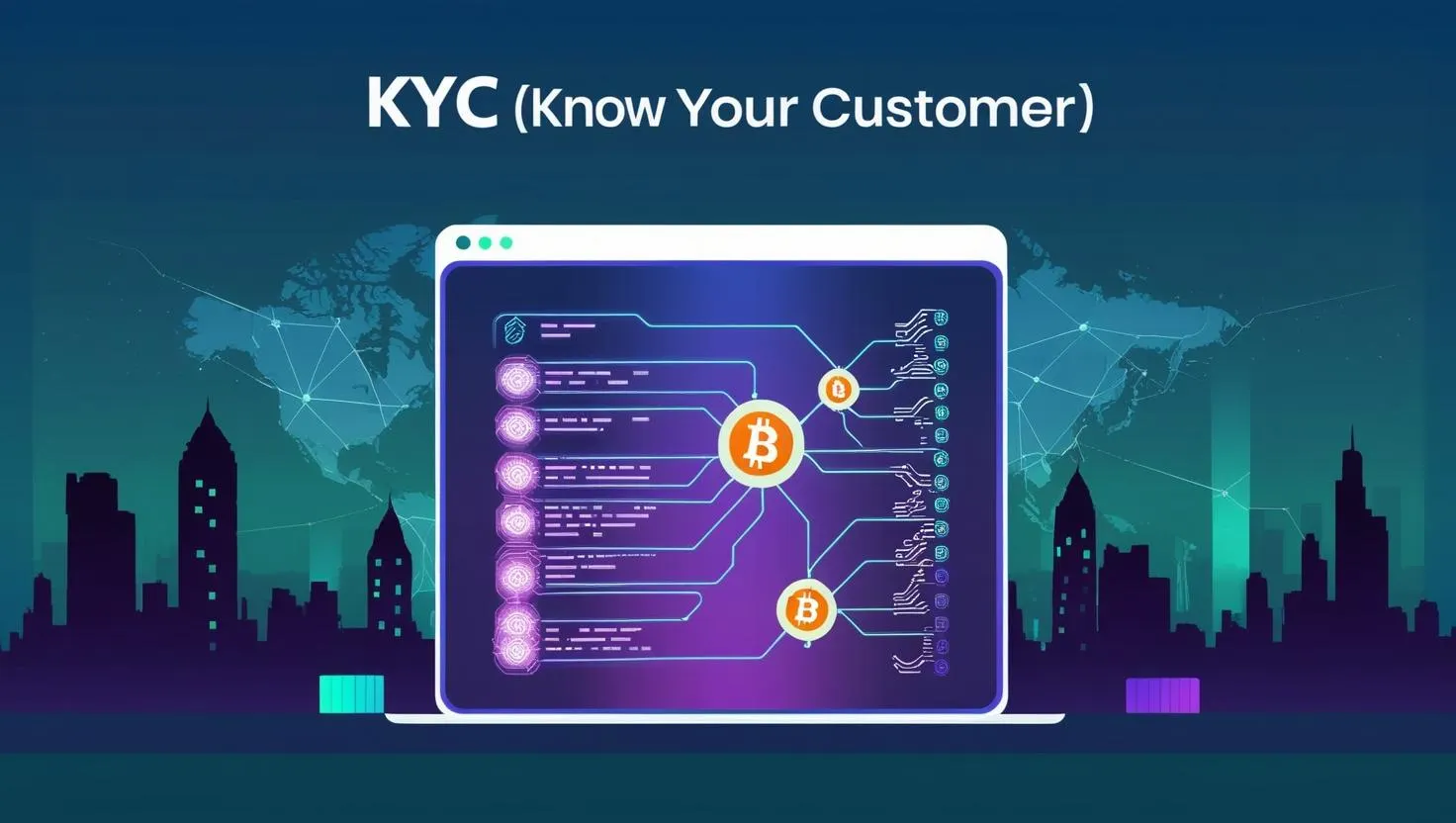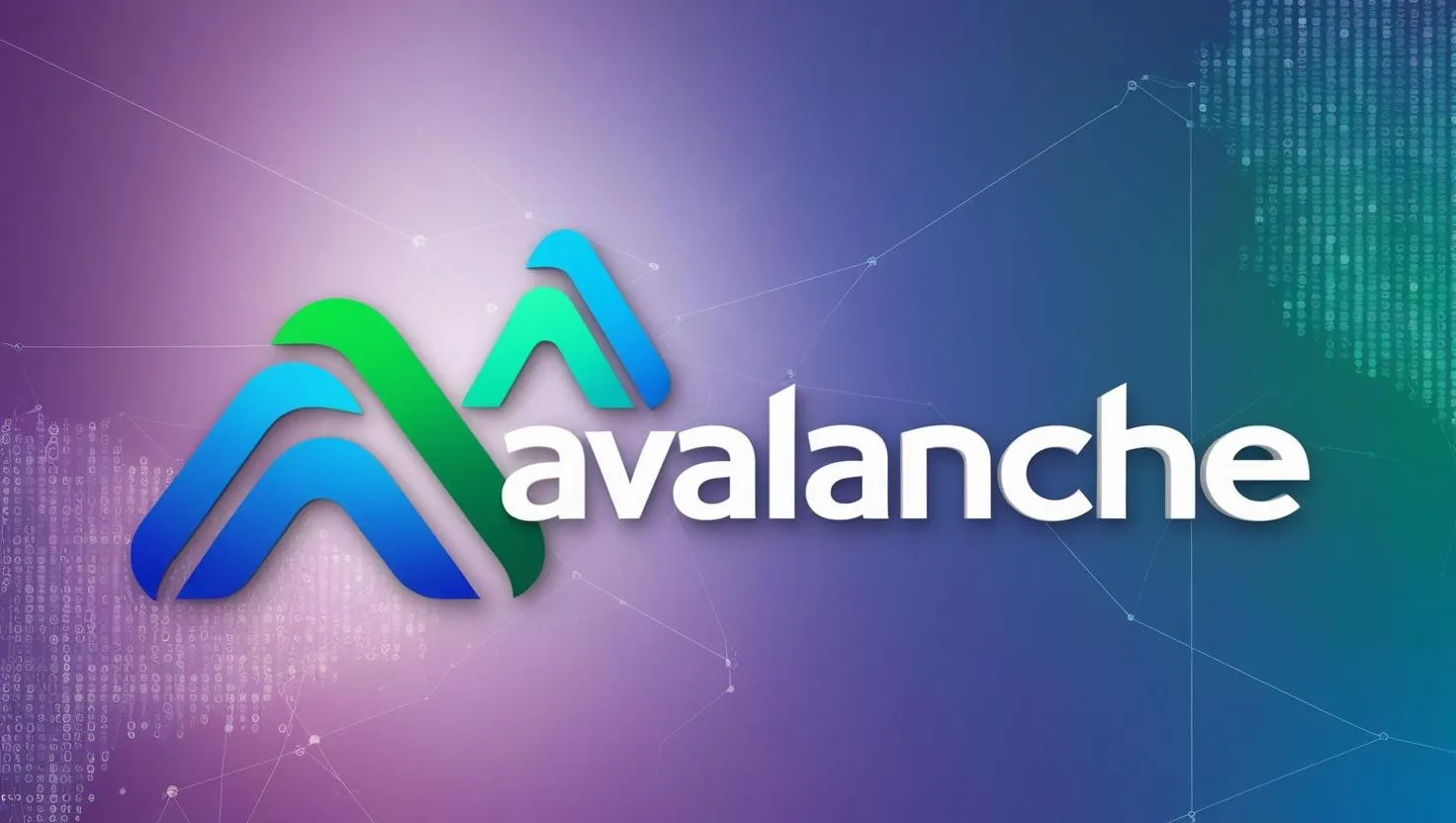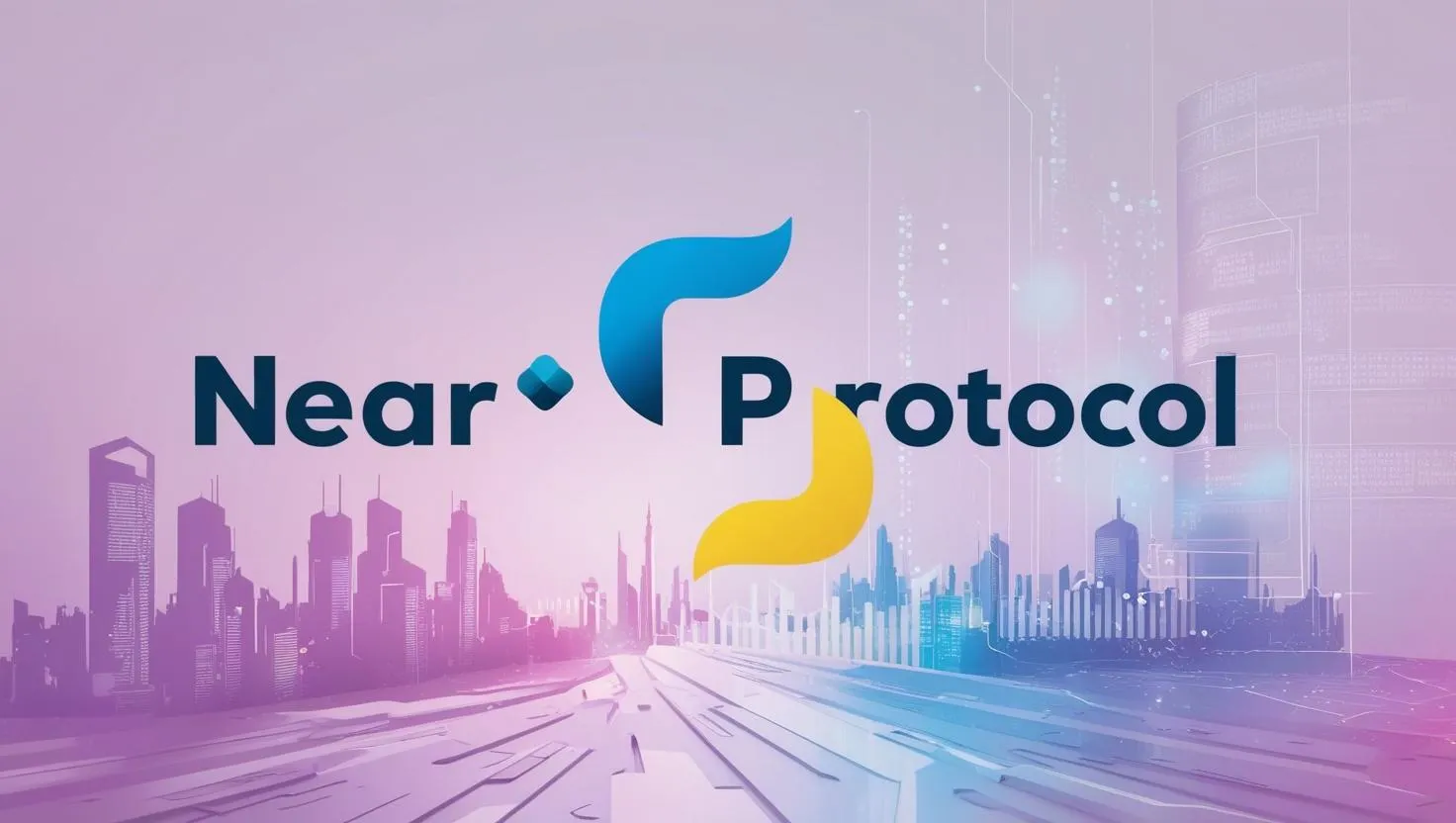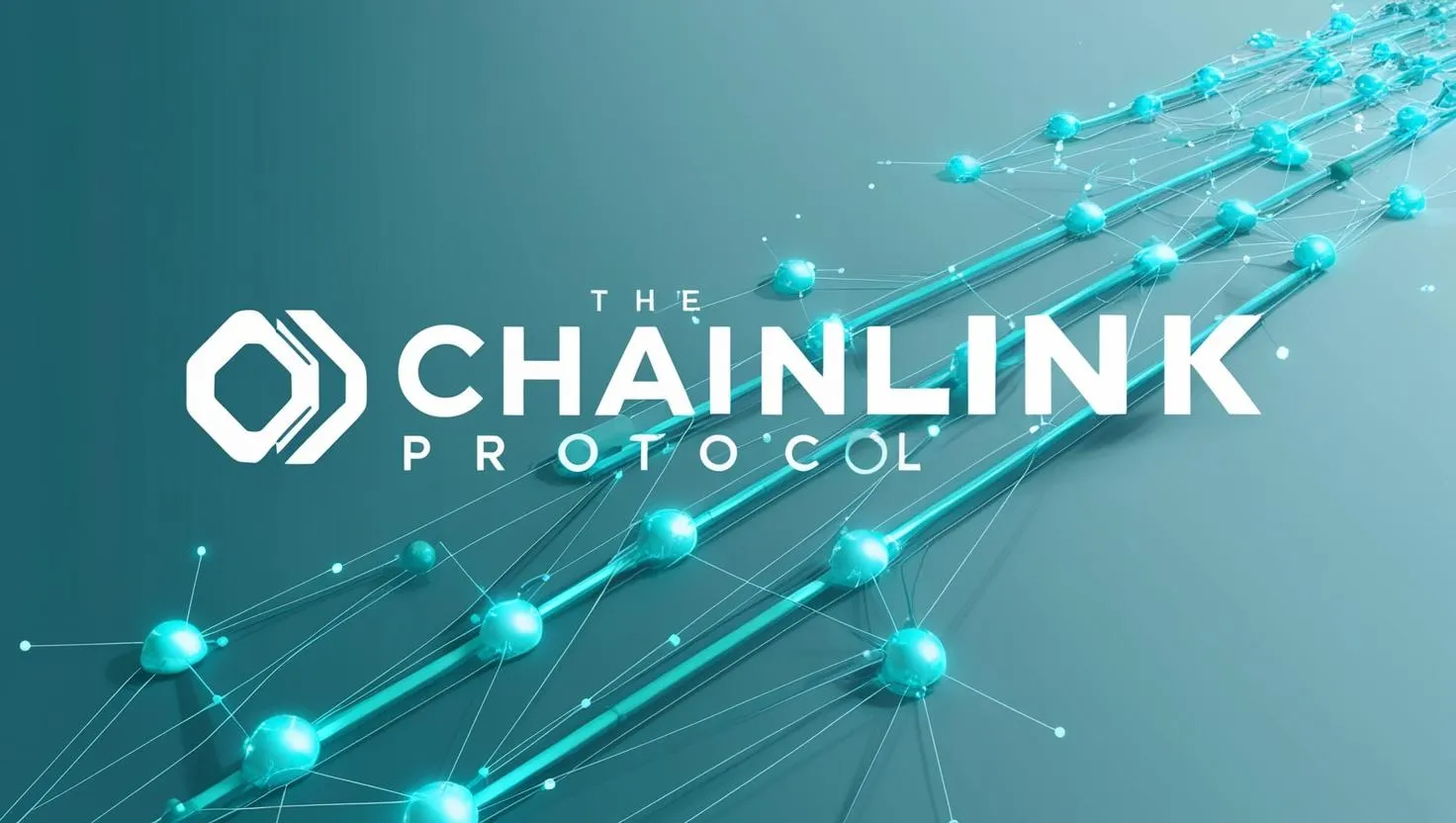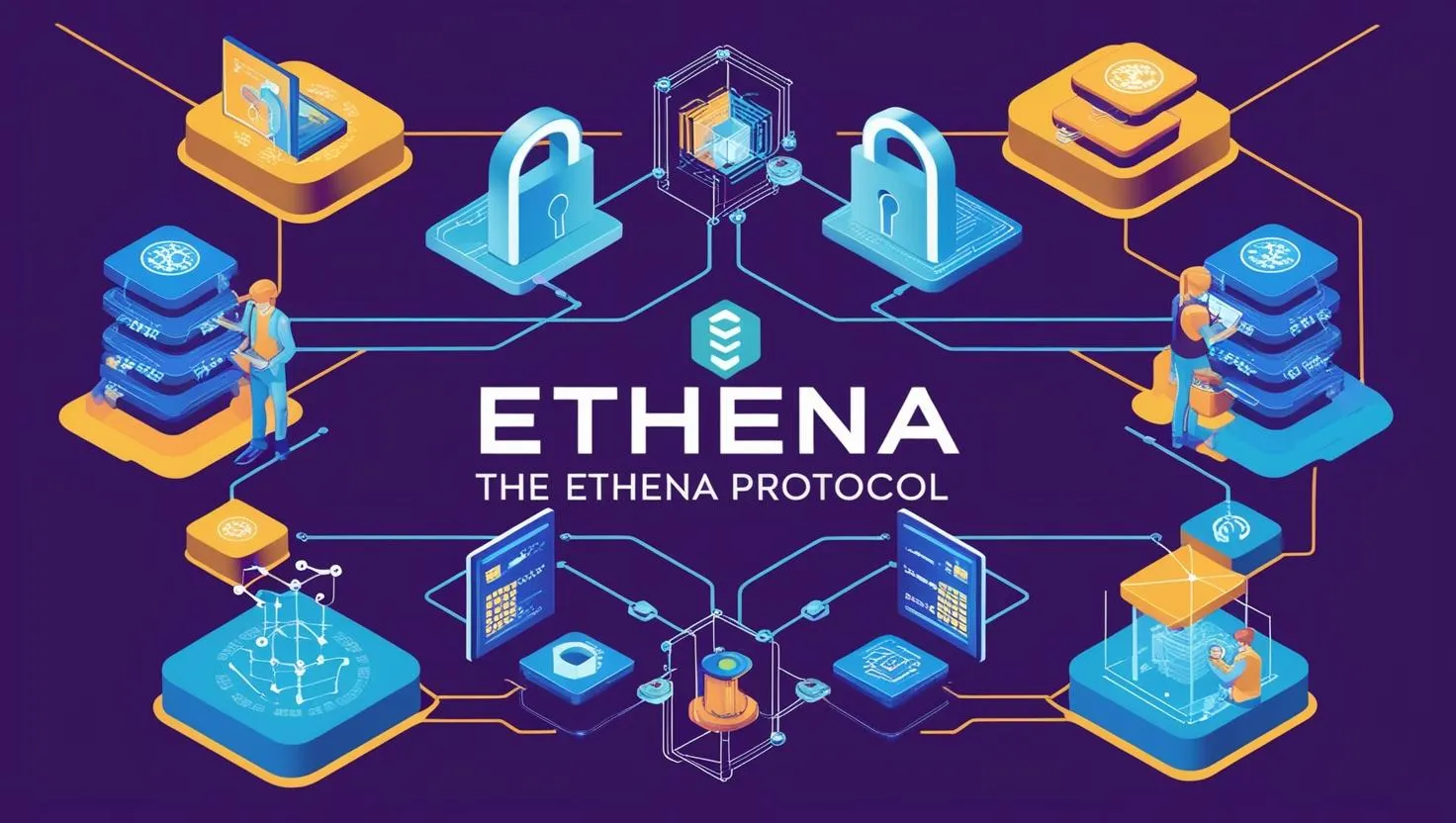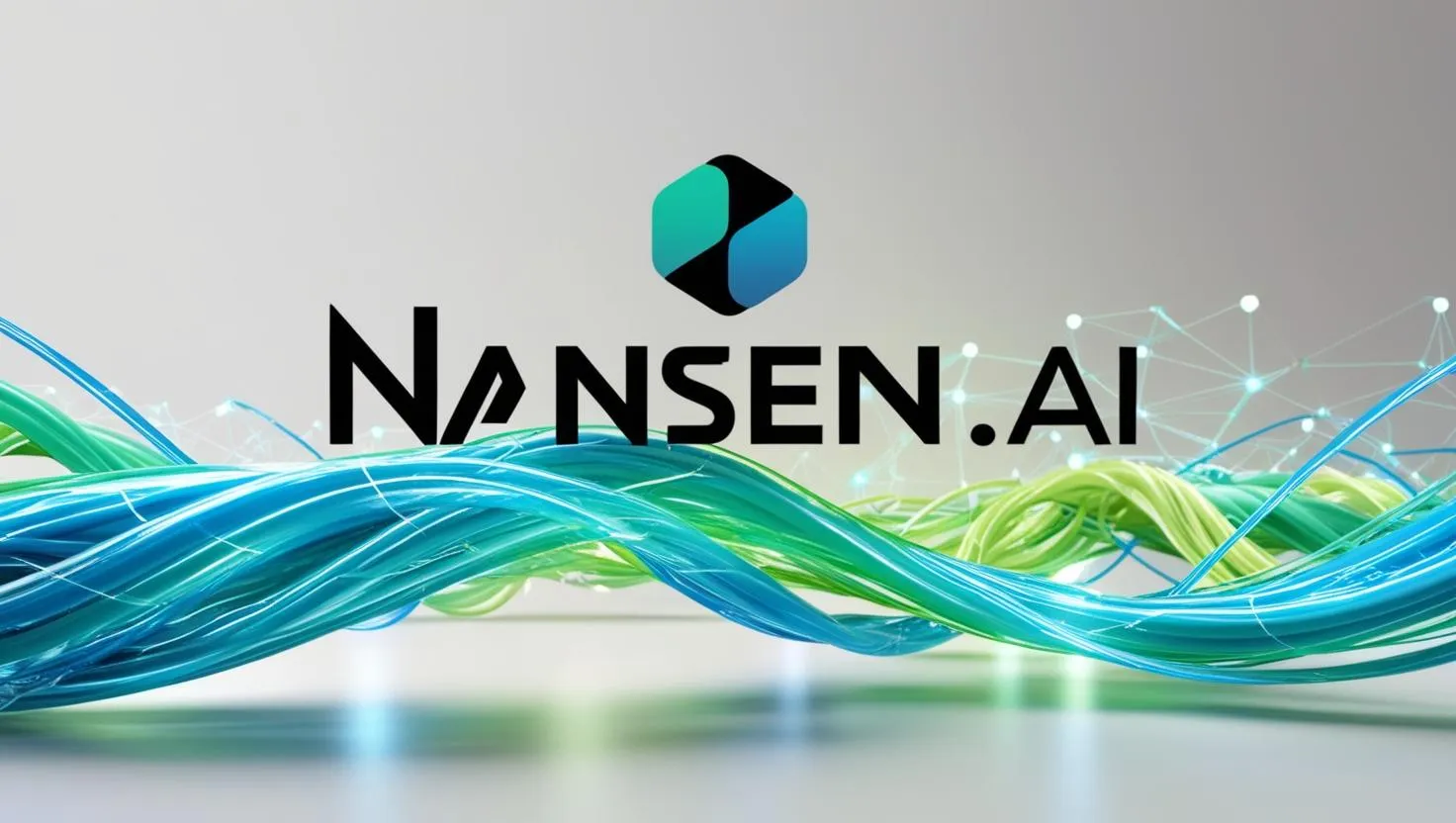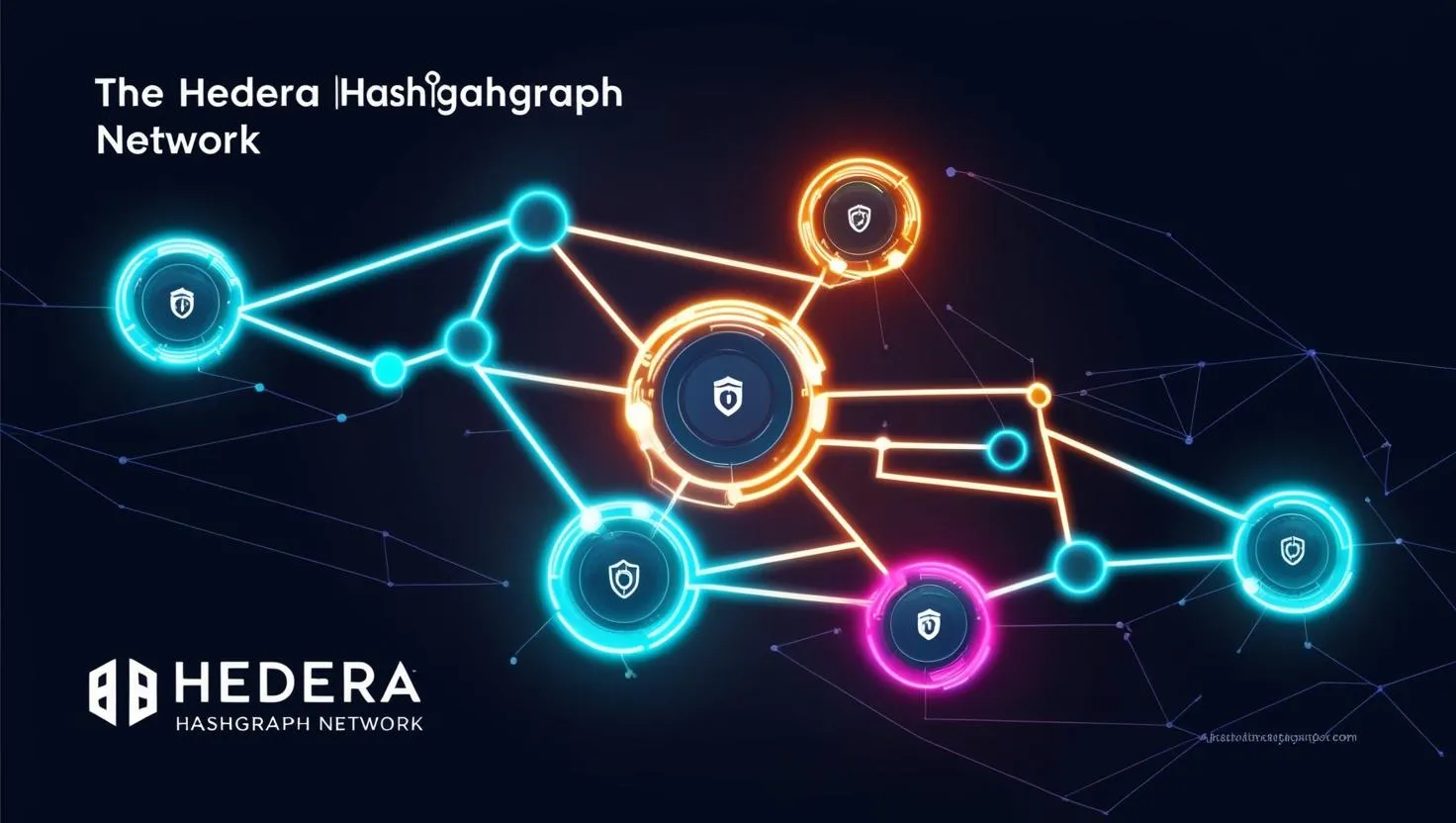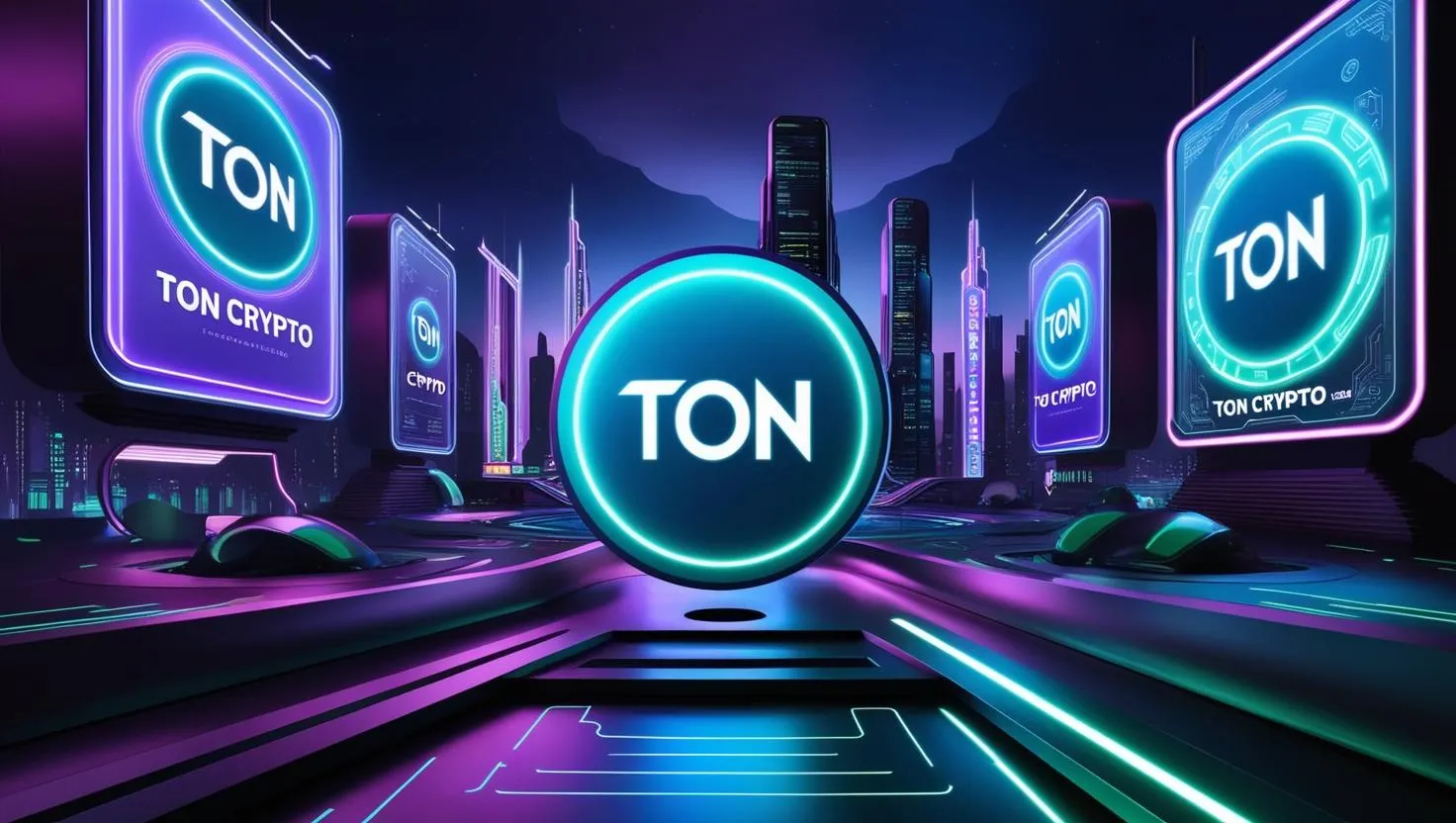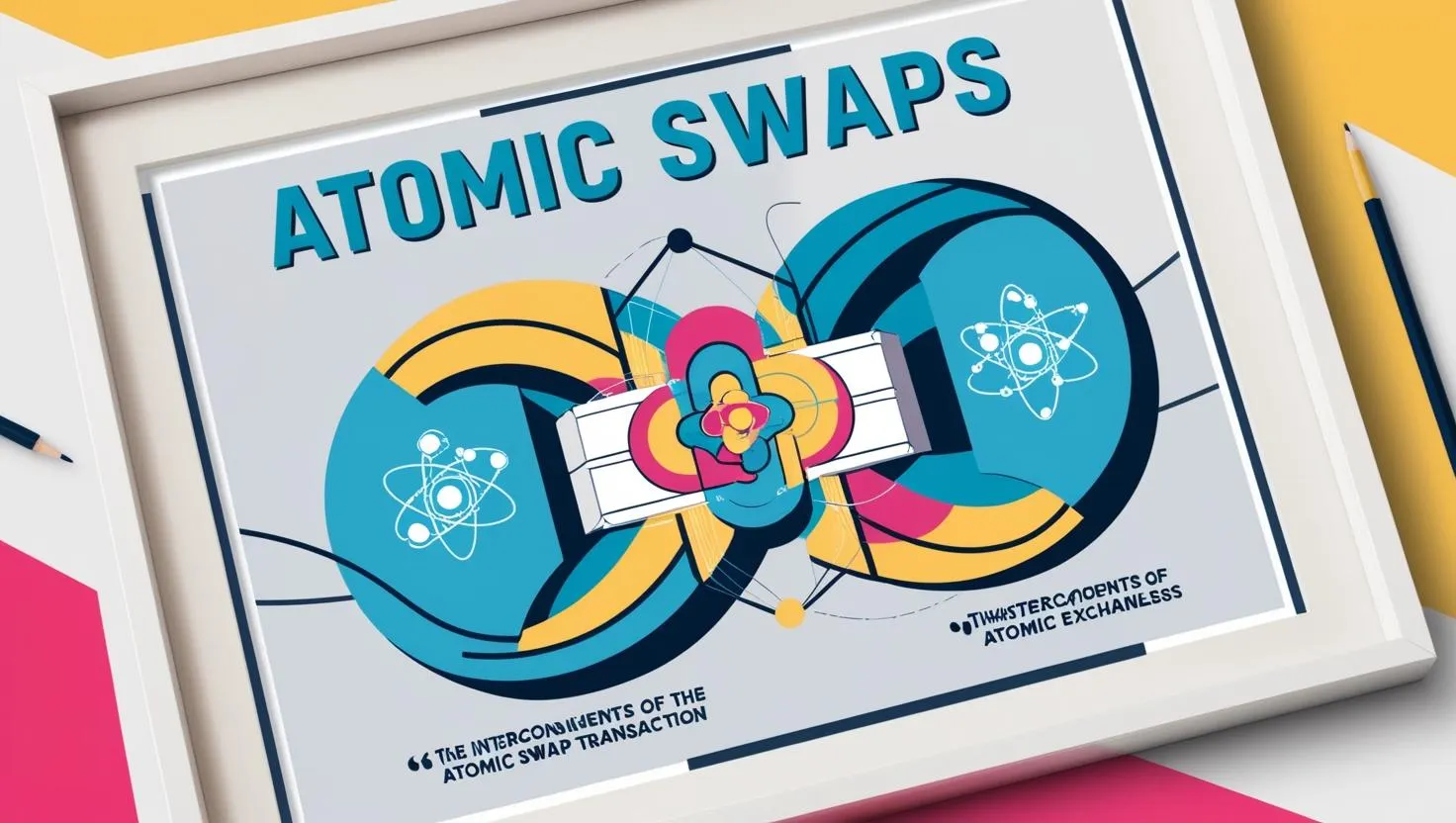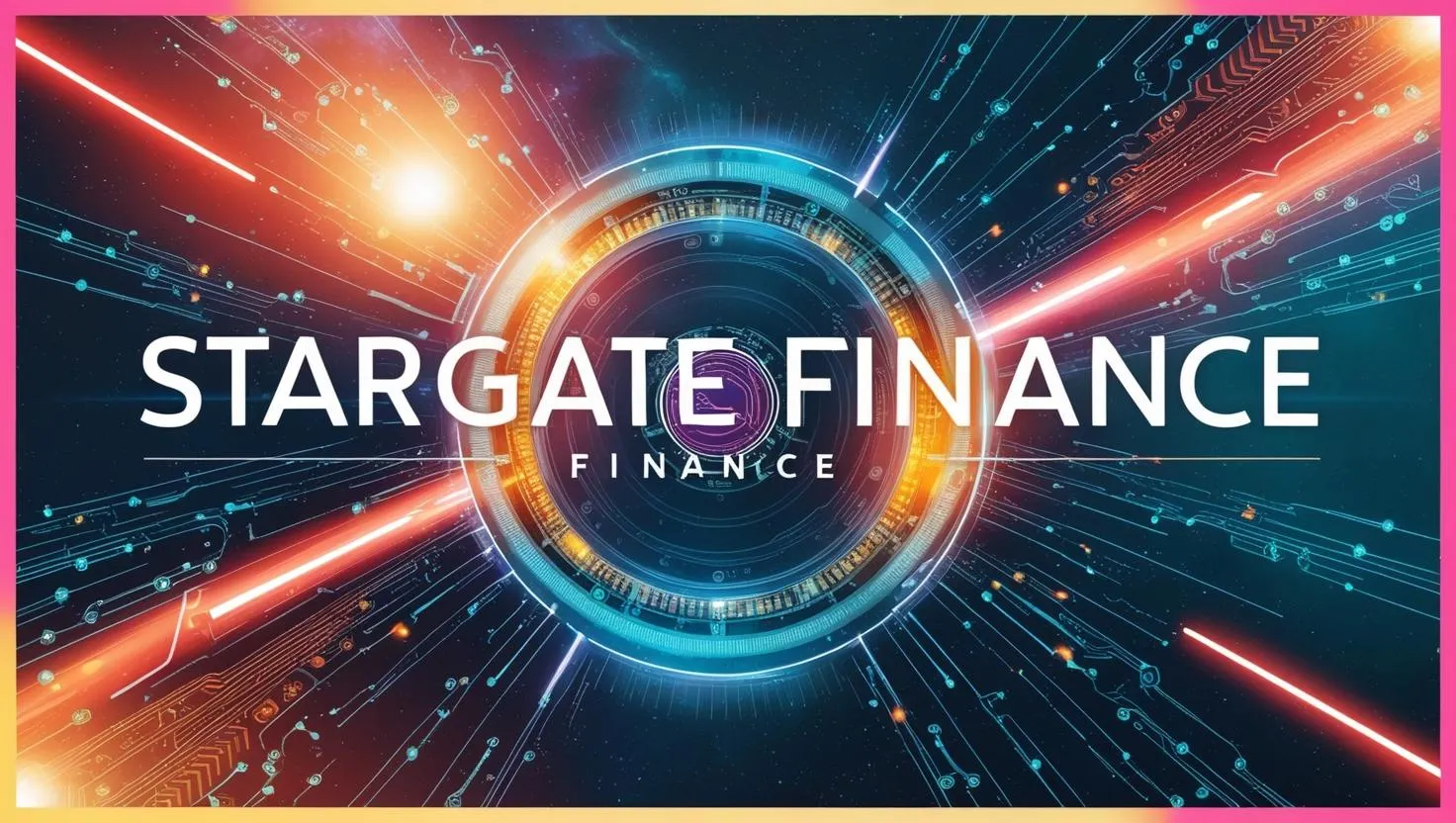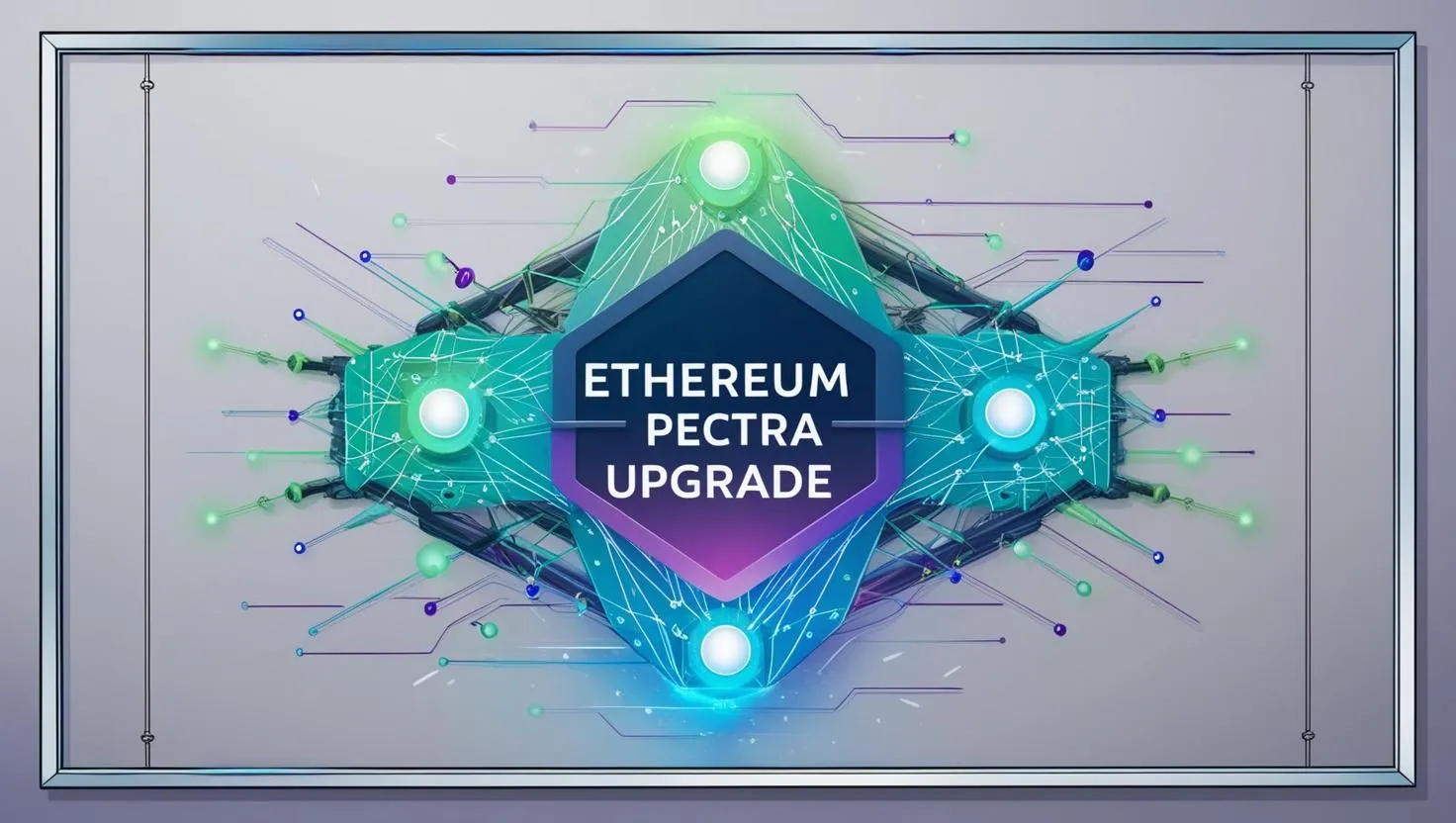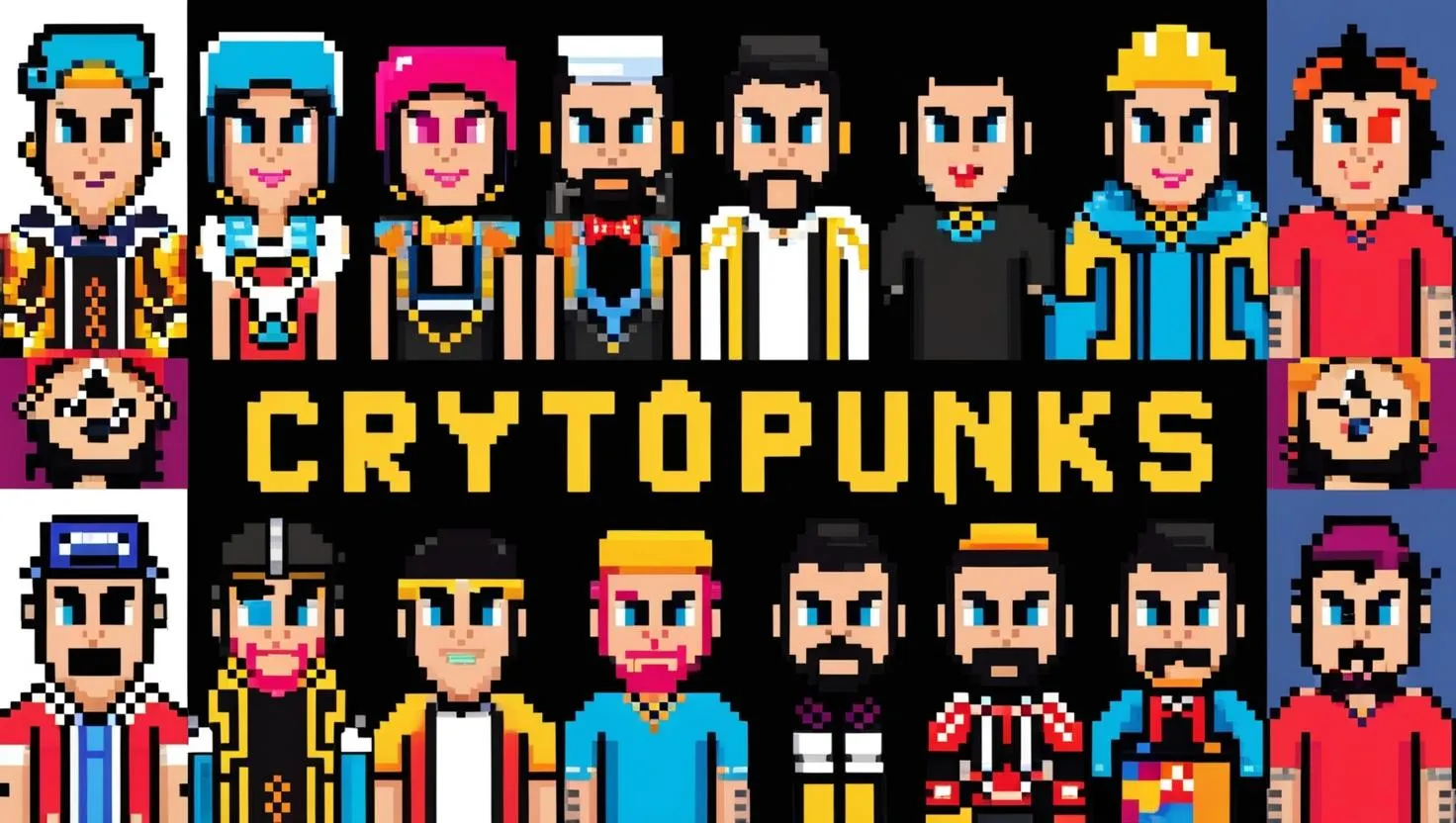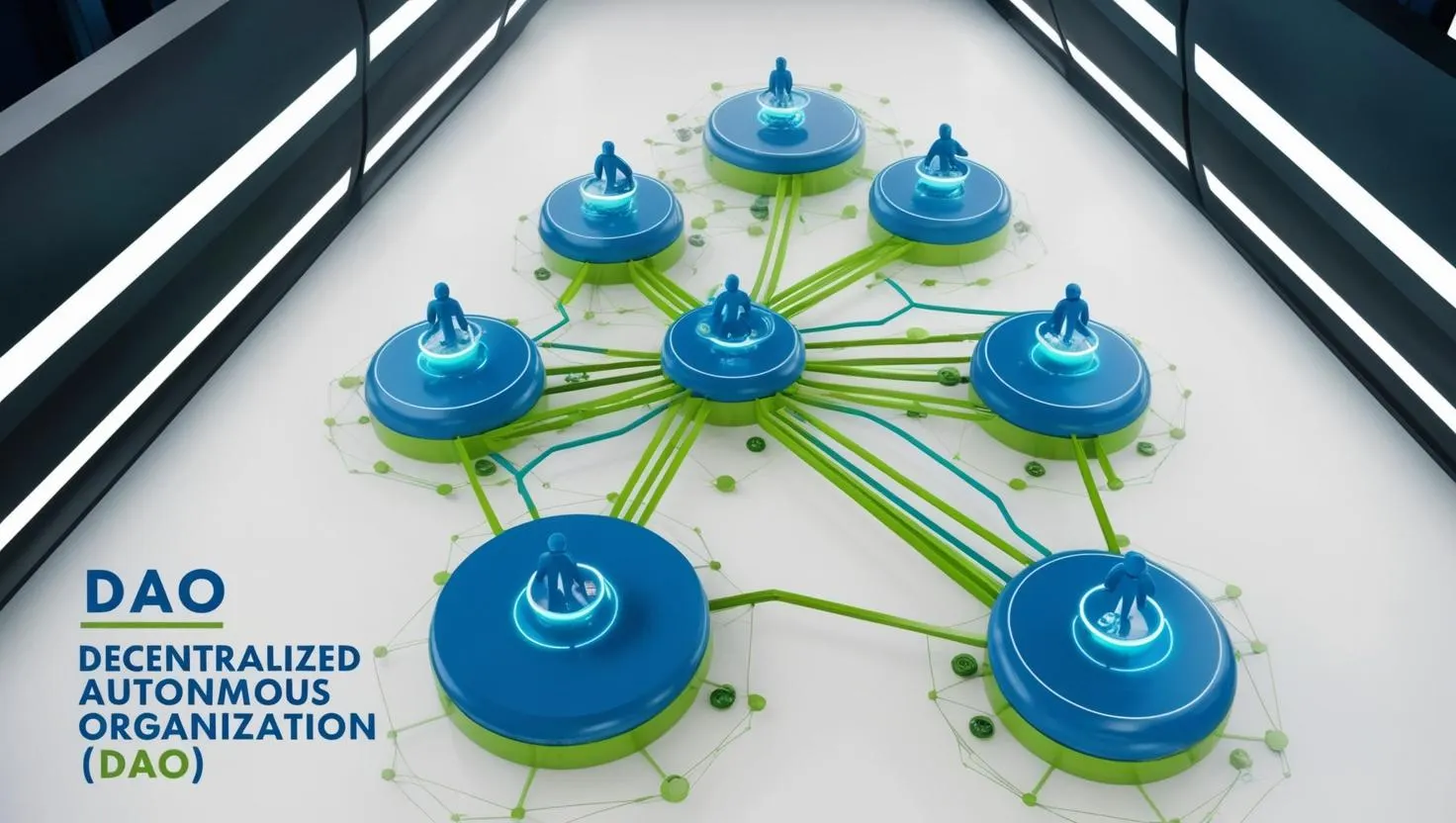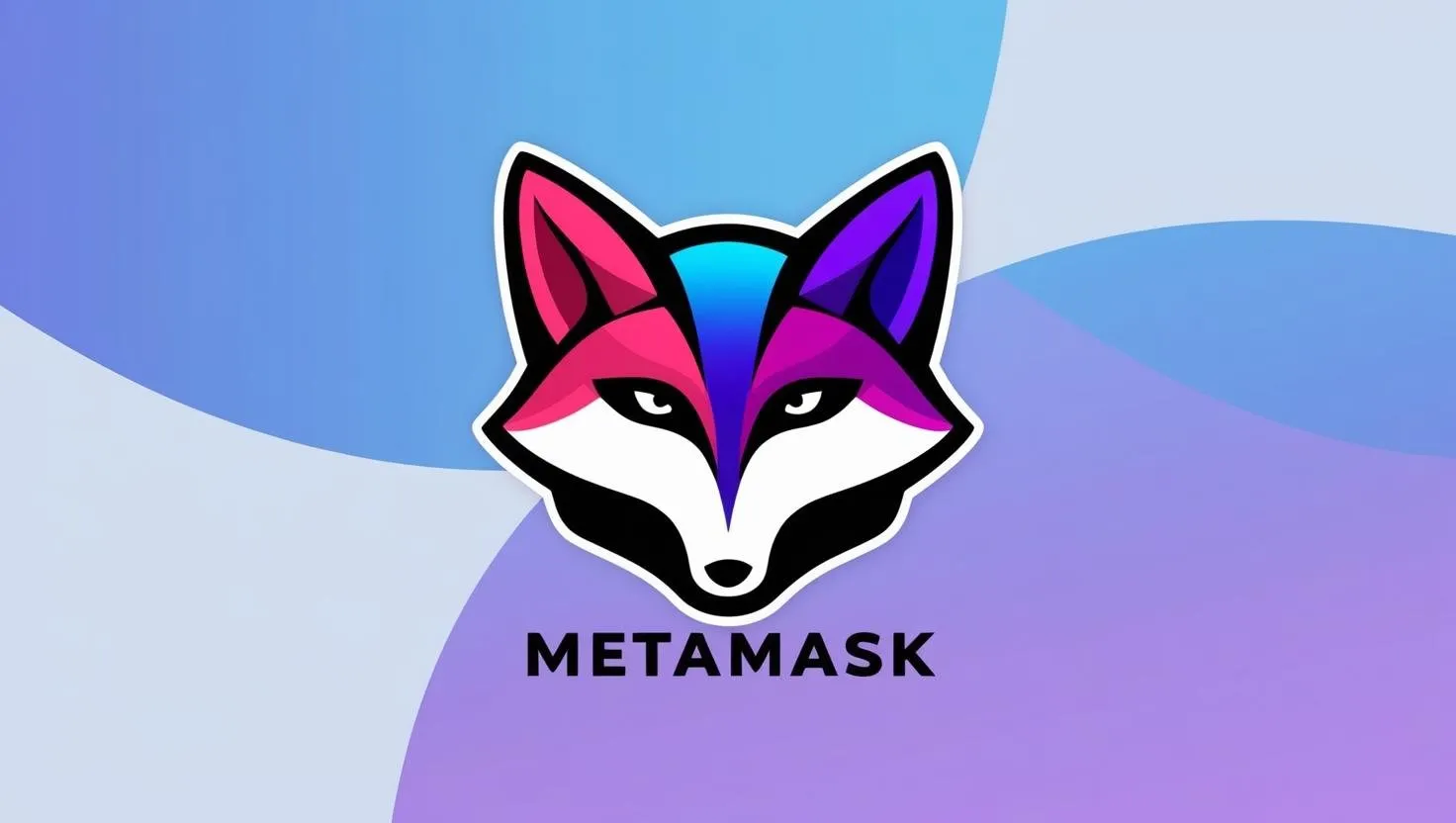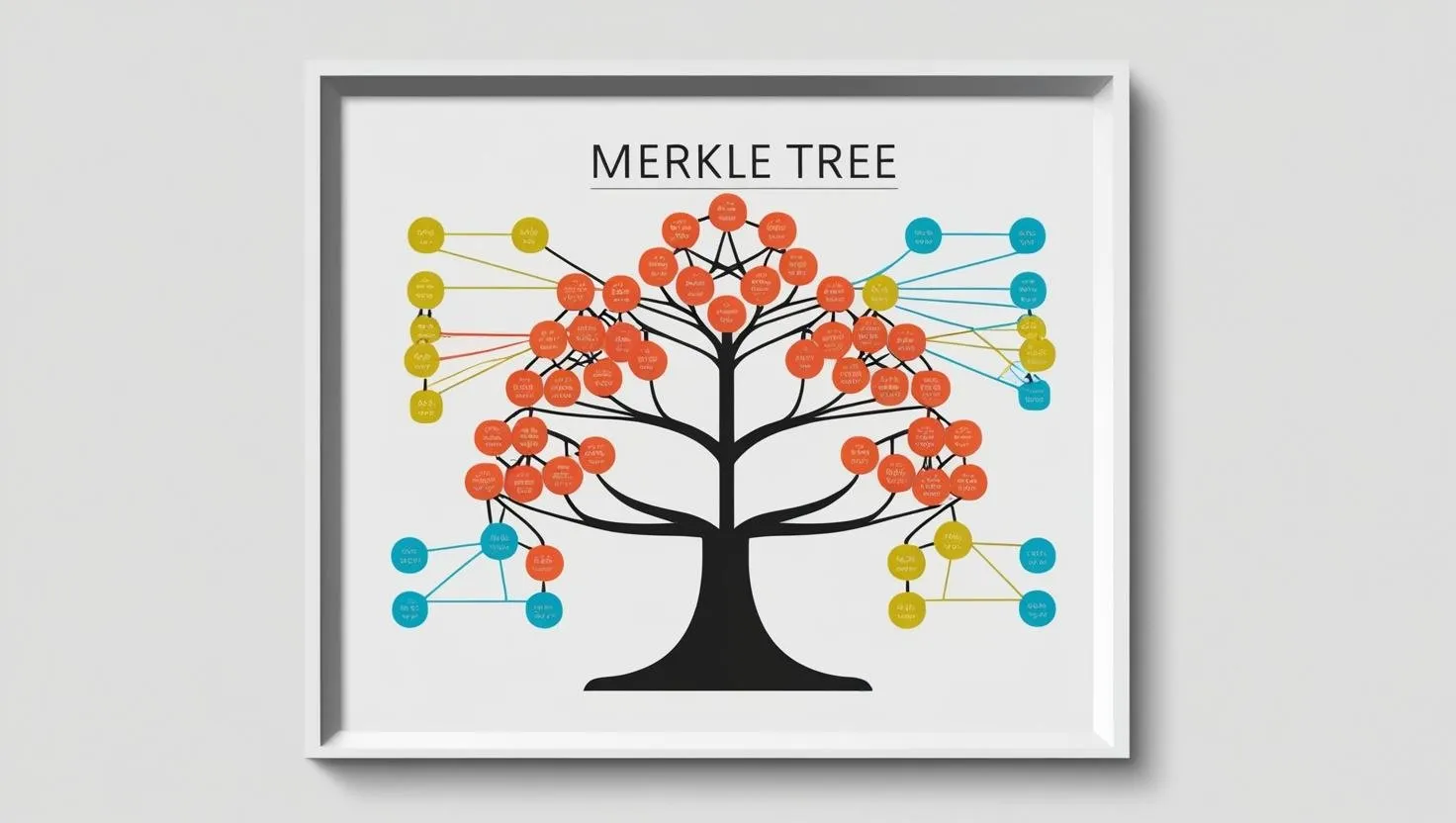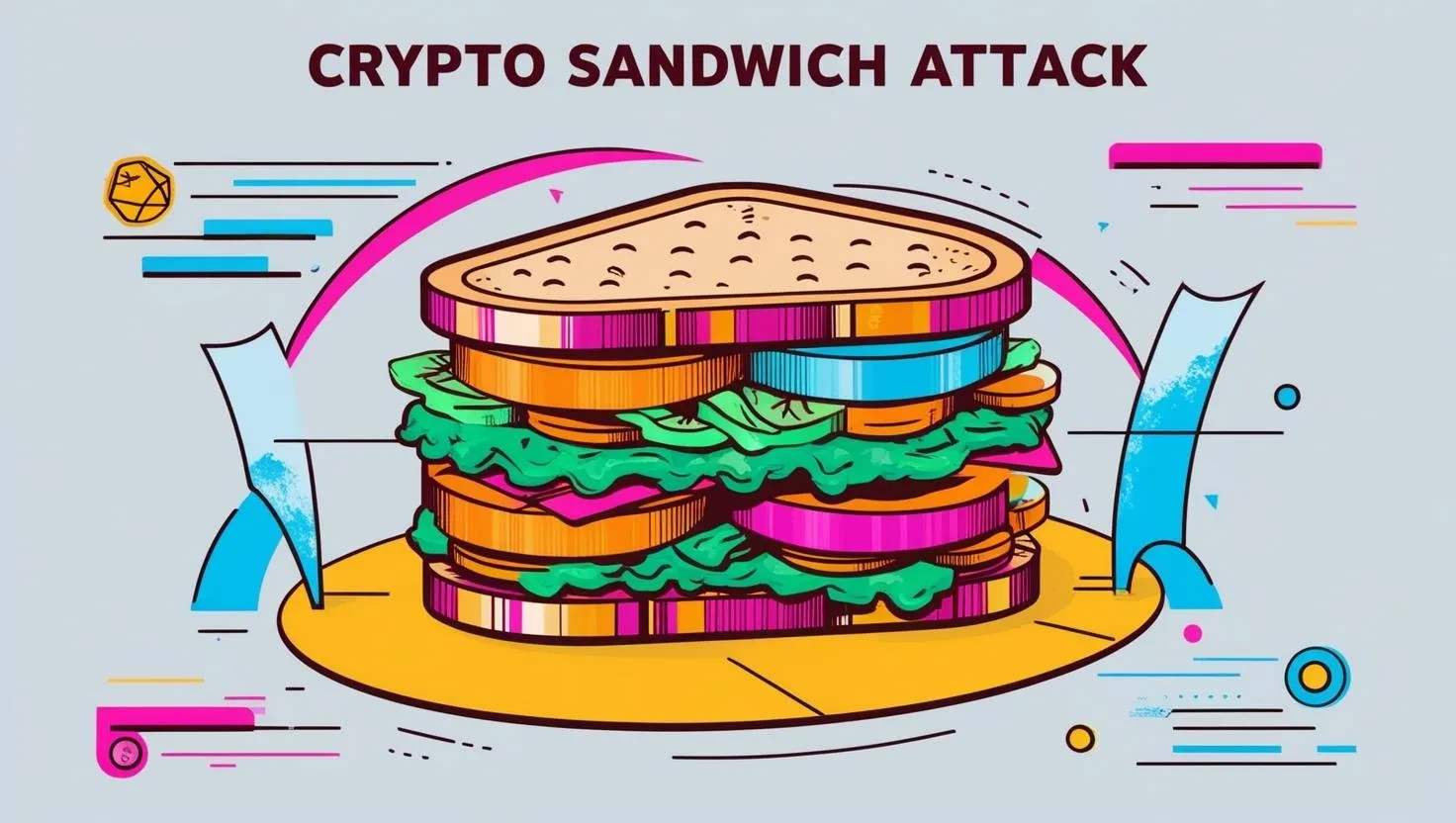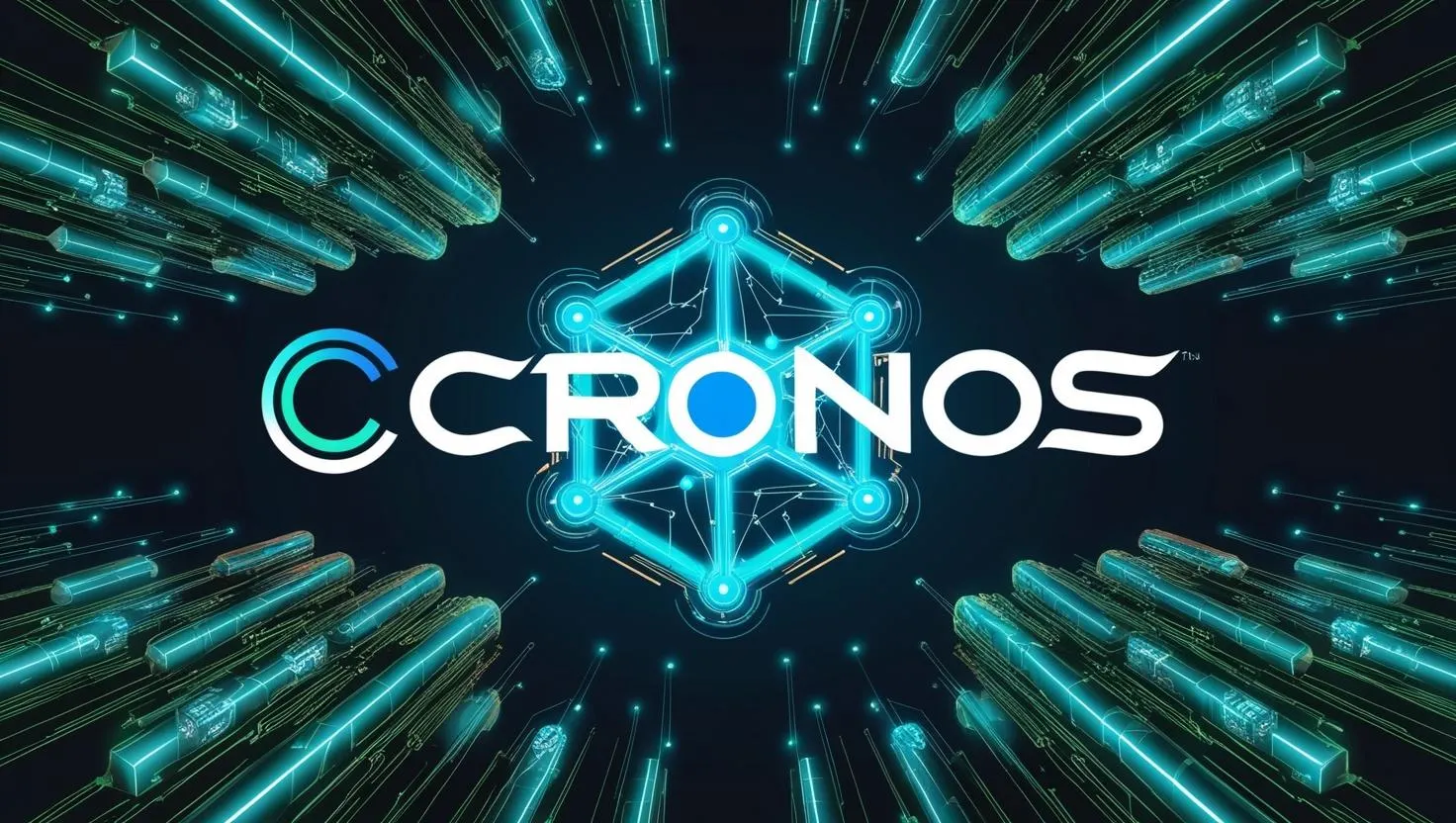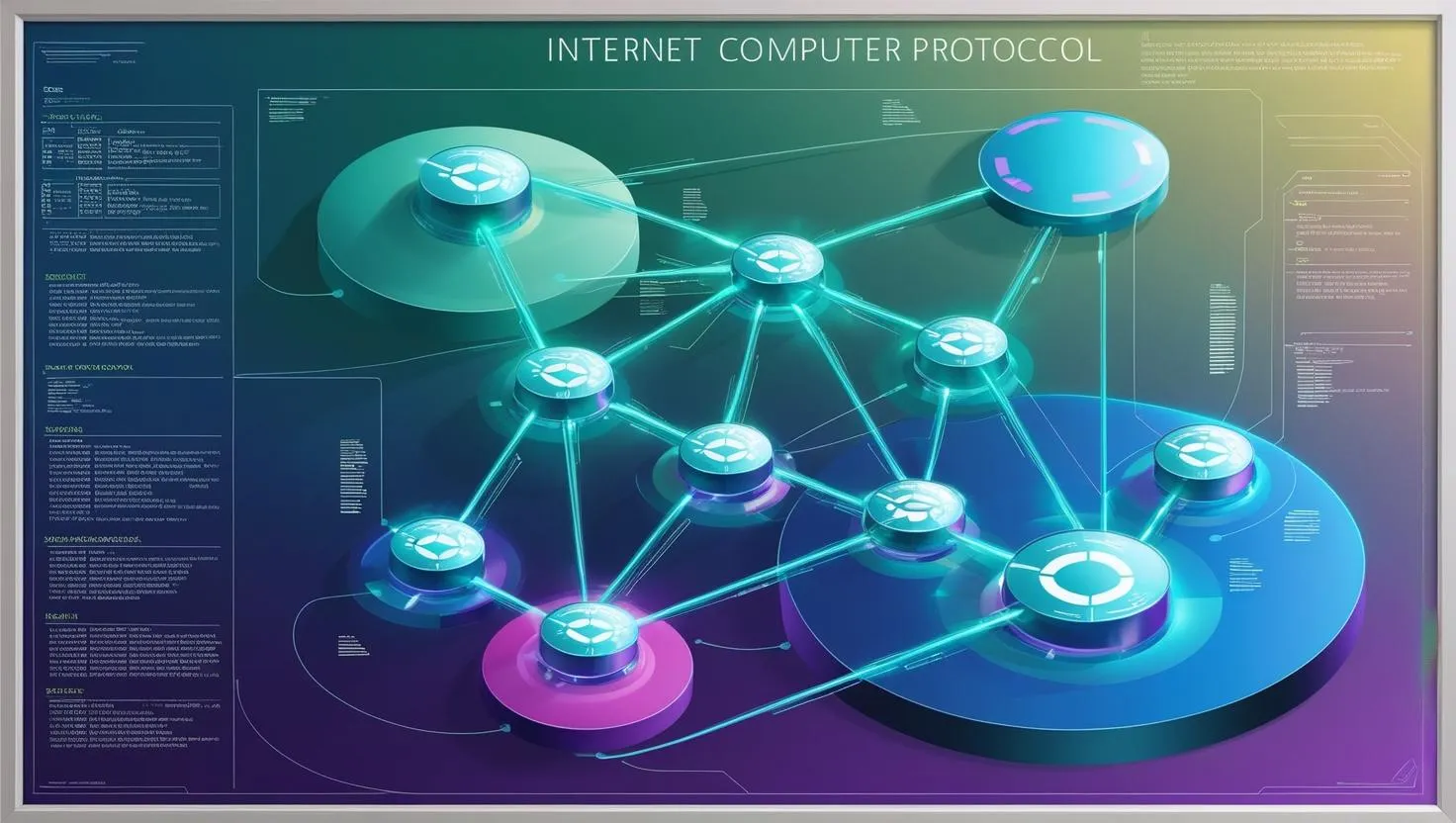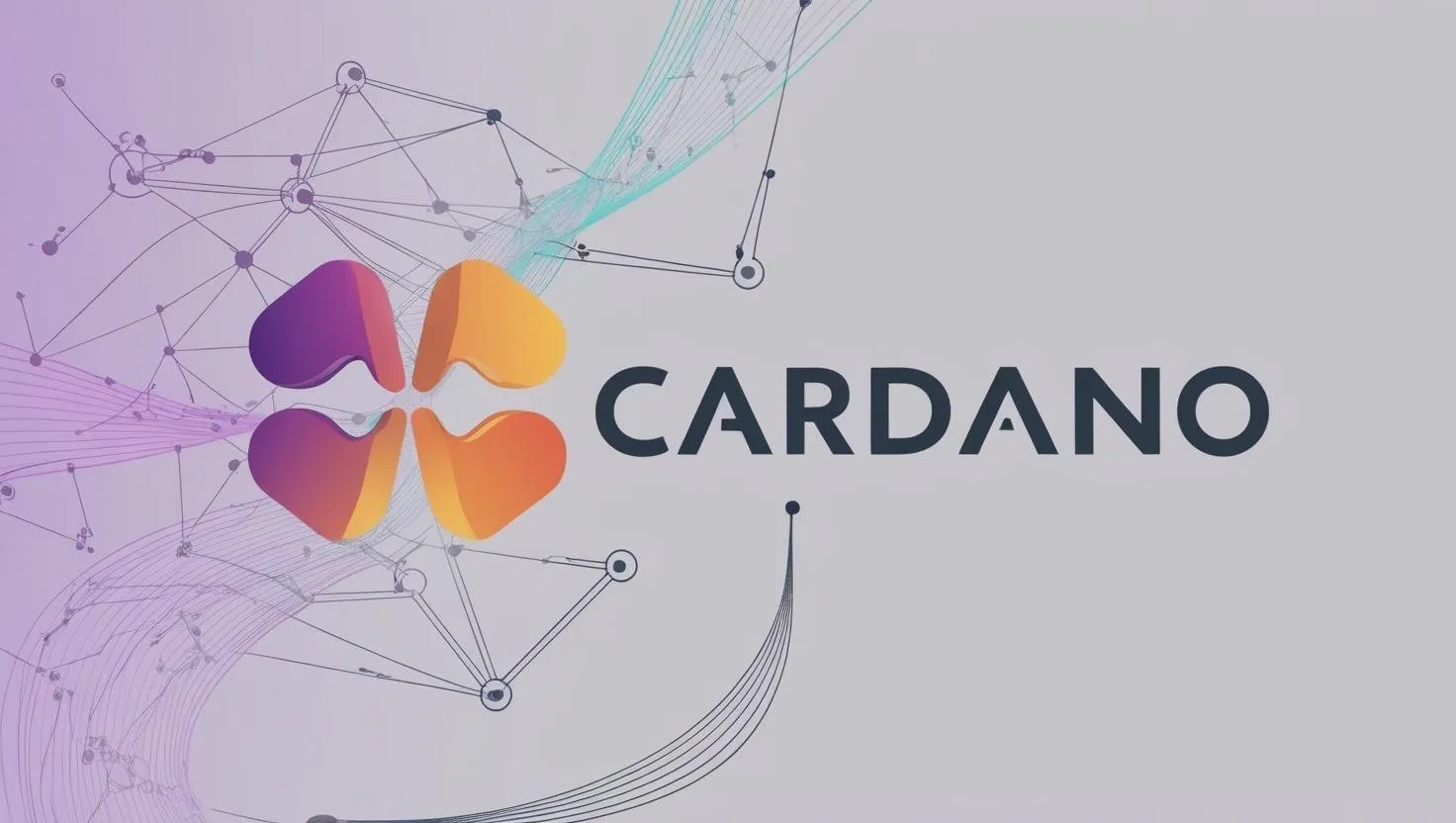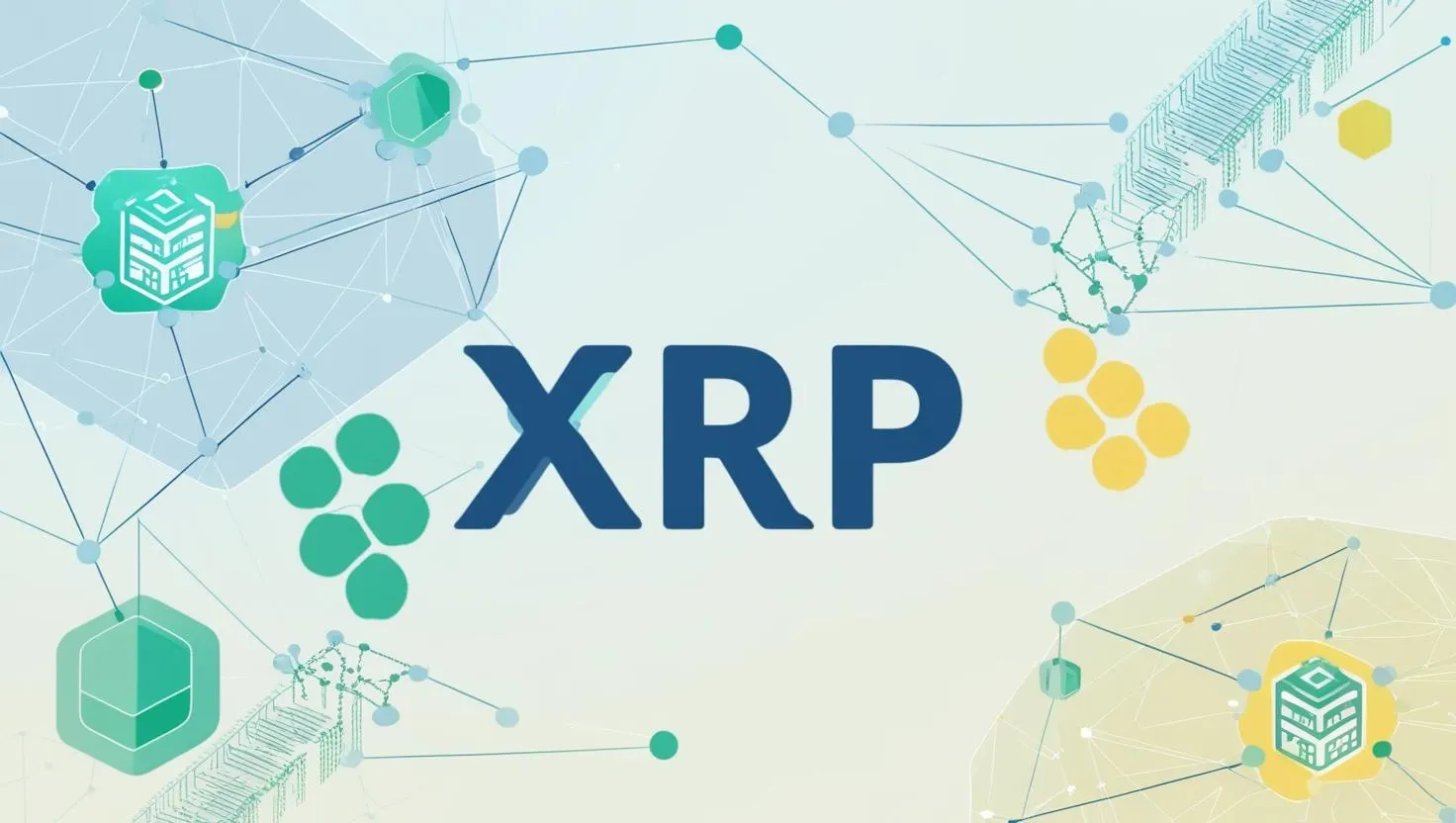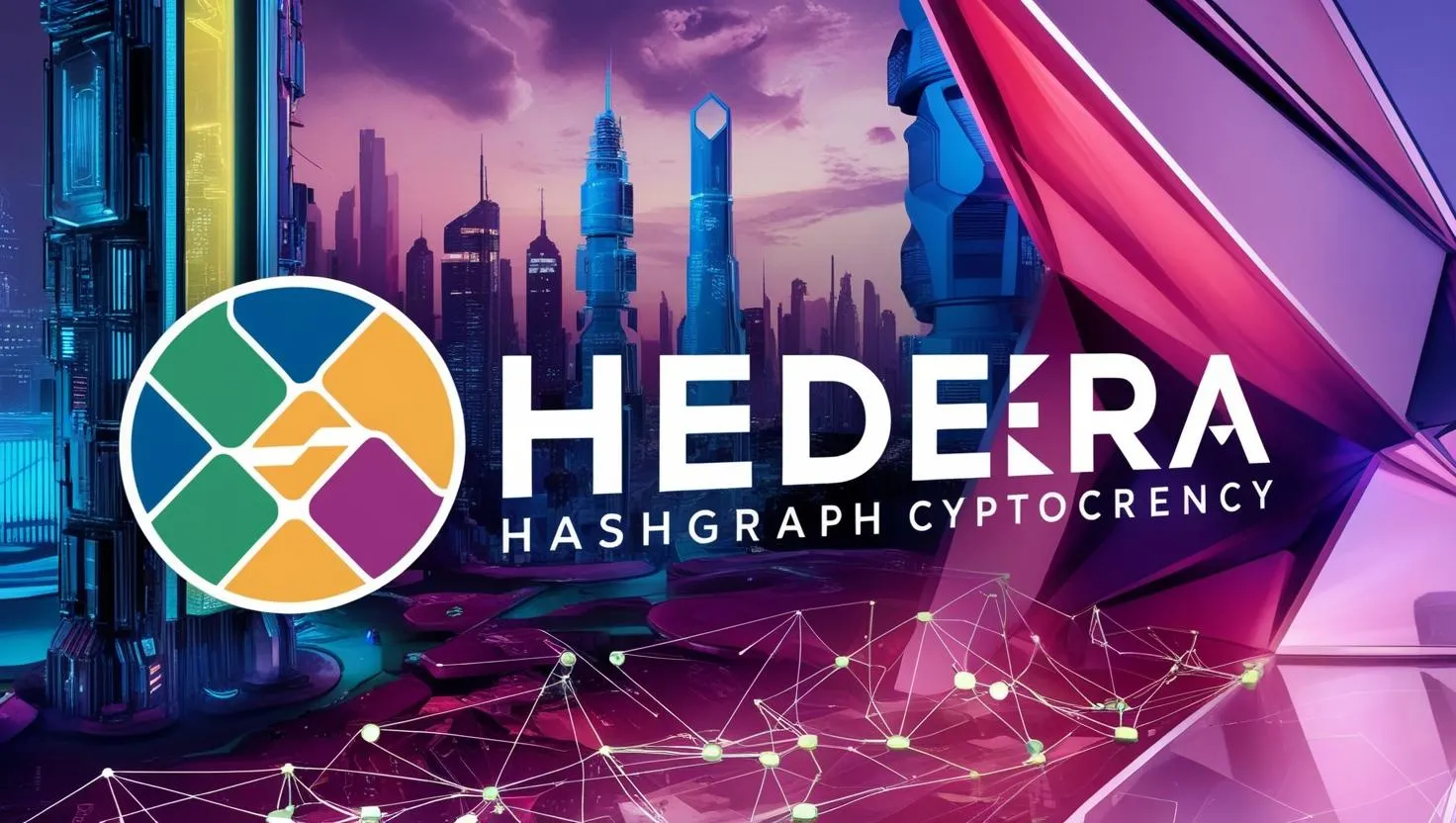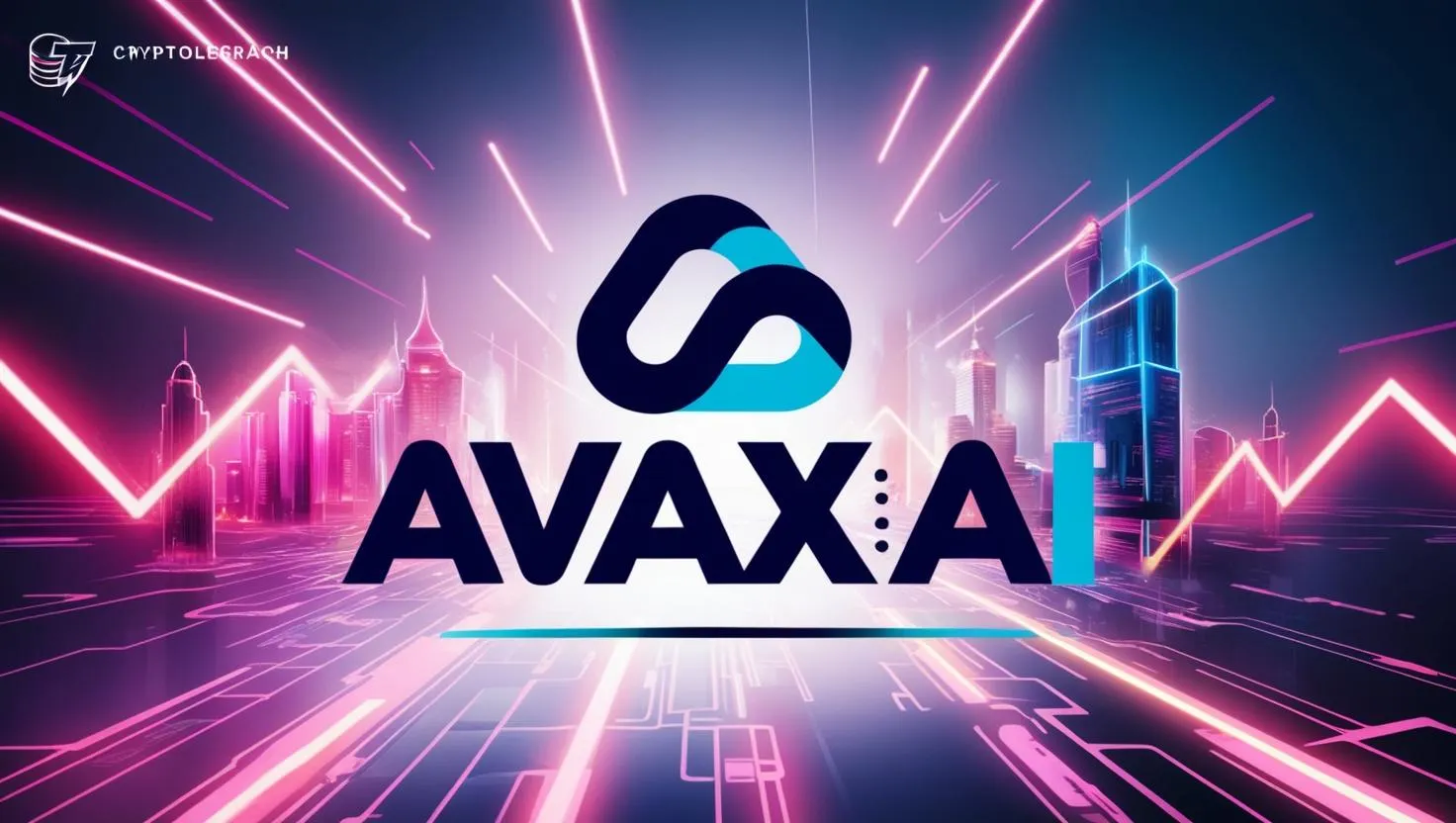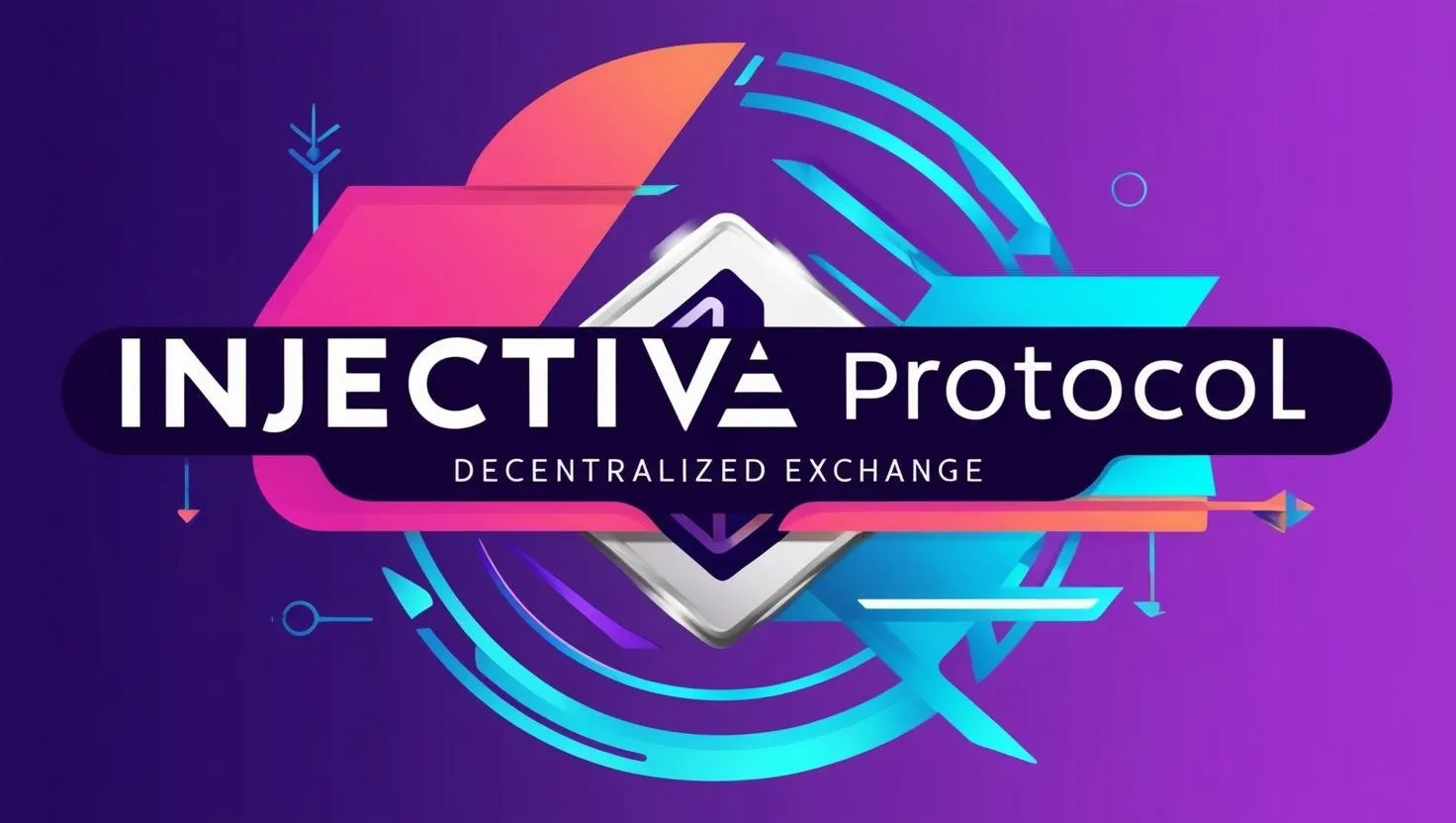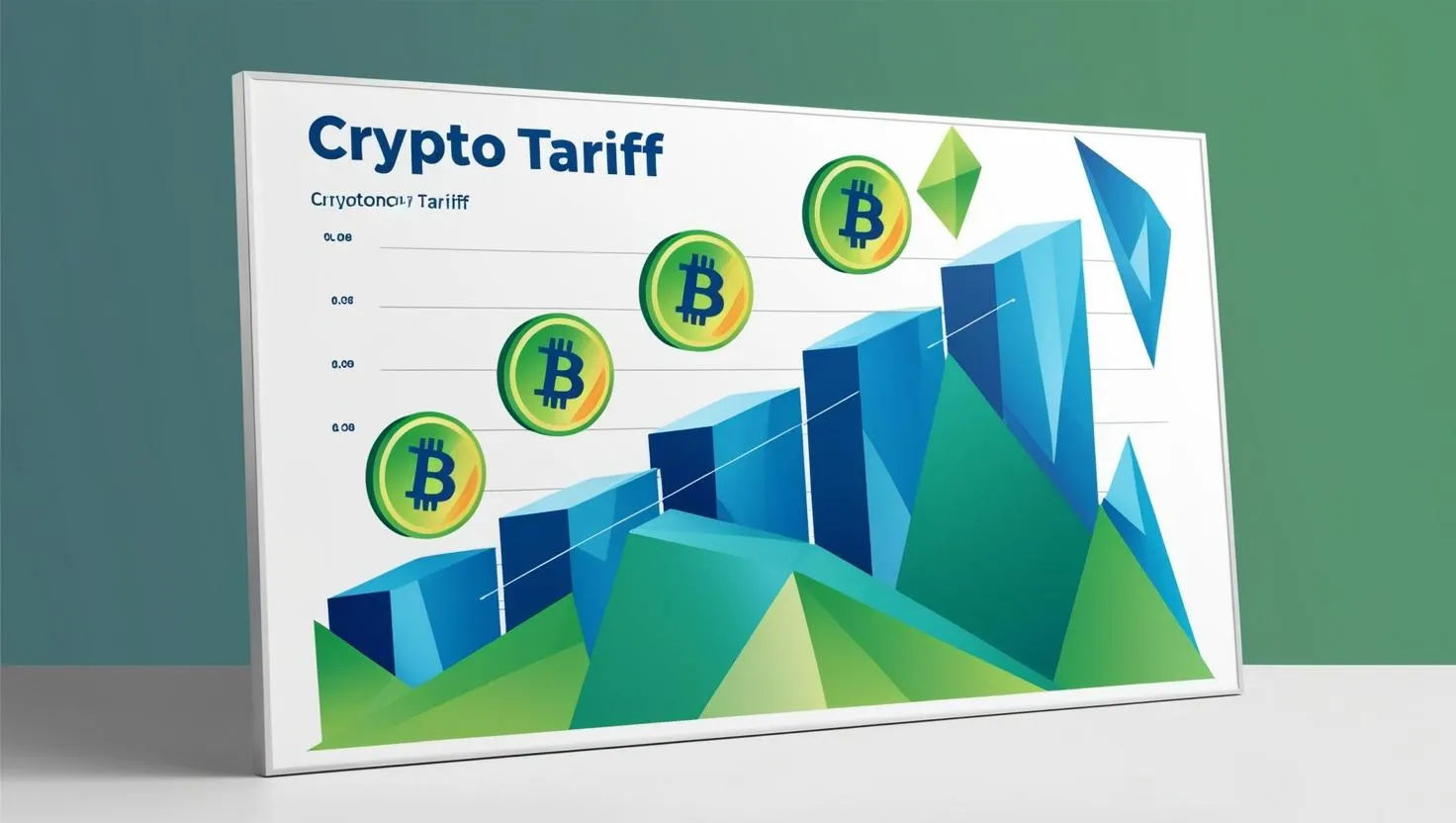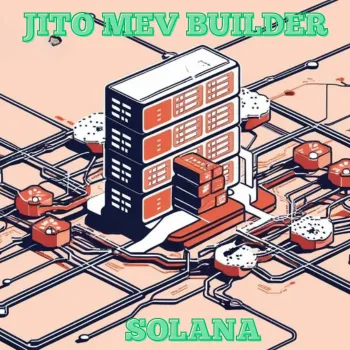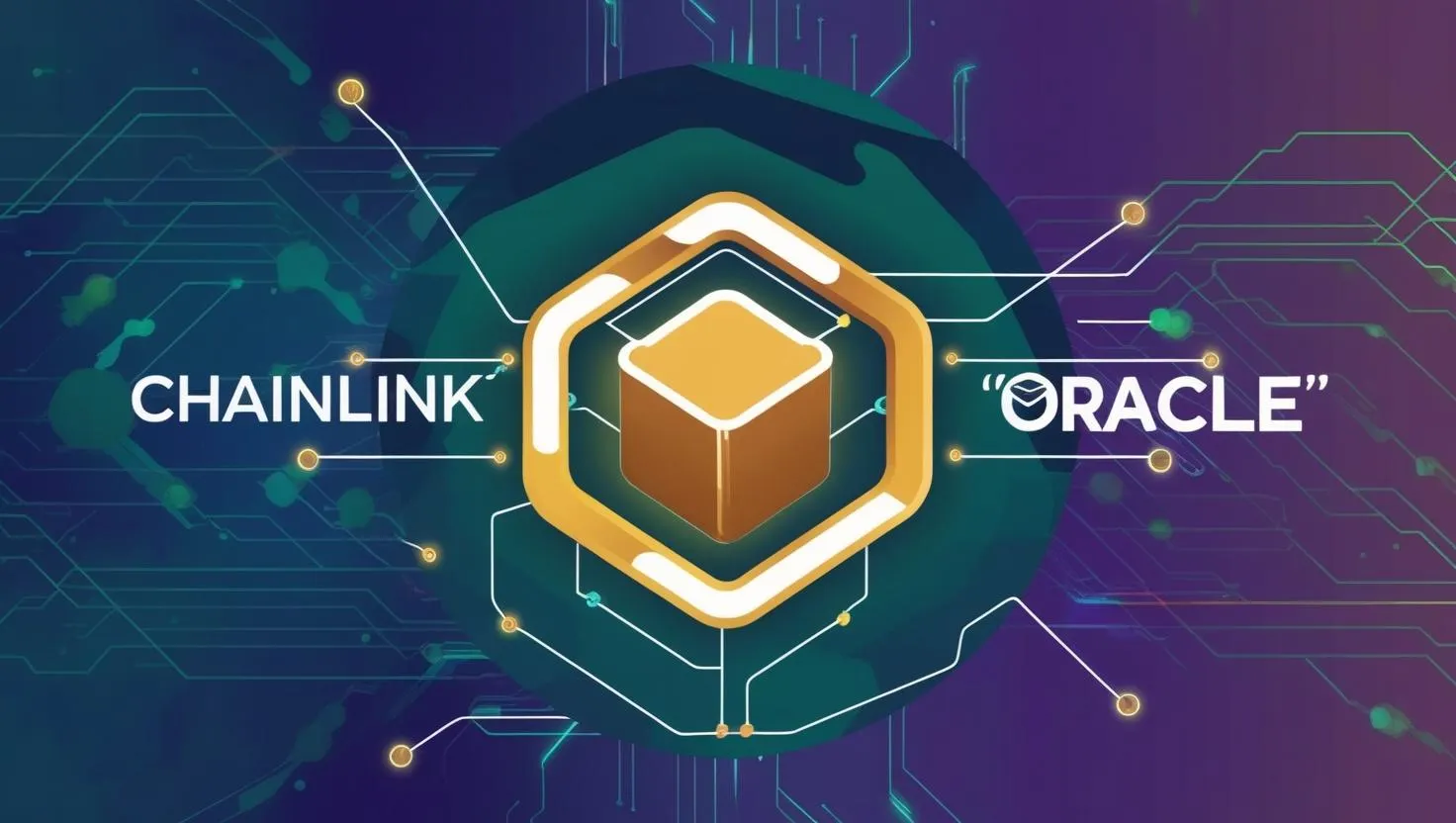Polymer: Bridge-Free Interoperability for Ethereum Rollups
What is Polymer?
Polymer is designed to improve how different Ethereum rollups interact, addressing a key challenge in the Ethereum ecosystem. Rollups are scaling solutions that process transactions off-chain while relying on Ethereum for security, but they often operate in isolation, making communication difficult. Traditionally, cross-chain bridges have been used, but they can be slow, expensive, and vulnerable to security issues.
Polymer aims to eliminate the need for these fragile bridges by enabling seamless communication through cryptographic proofs rather than message passing. This approach is expected to make interactions between rollups faster, cheaper, and more secure, potentially creating a more unified Ethereum network.
Technical Approach
Polymer operates as a Layer 2 rollup, leveraging the Optimism (OP) Stack for settlement and the Cosmos SDK for execution, which brings native IBC support. This allows Polygon to act as an interoperability hub, connecting various Ethereum rollups. For rollups without native IBC, Polymer provides a virtual IBC protocol, maintaining their state and enabling interaction via smart contracts. It verifies and stores headers of connected rollups, allowing proofs of state to be verified efficiently.
Benefits and Impact
By using IBC and proof-based verification, Polymer reduces latency to match millisecond block times, scales bandwidth with EigenDA for data availability, and offers re-org protection for secure cross-chain transactions. This could support high-throughput applications like e-commerce on-chain, enhancing the scalability and user experience of decentralized applications.
For more details, visit the official Polymer Labs website or read their blog on real-time interoperability.
Survey Note: Detailed Analysis of Polymer’s Role in Ethereum Rollup Interoperability
Polymer Labs, a company focused on advancing blockchain interoperability, has developed Polymer, a blockchain designed to facilitate seamless communication between Ethereum rollups.
This initiative addresses a critical challenge in the Ethereum ecosystem, where rollups—Layer 2 scaling solutions that process transactions off-chain while leveraging Ethereum’s security—often operate in silos.
The traditional method of connecting these rollups involves cross-chain bridges, which can be slow, costly, and prone to security vulnerabilities, as evidenced by high-profile exploits like Axie Infinity’s $625 million loss (Coindesk article), Wormhole’s $321 million hack (Cointelegraph article), and Multichain’s $130 million outflows (Coindesk article).
Polymer aims to eliminate the reliance on these fragile bridges by introducing a proof-based system, leveraging cryptographic proofs instead of traditional message passing. This approach is expected to make interoperability faster, cheaper, and more secure, potentially paving the way for a truly connected Ethereum ecosystem.
The evidence leans toward Polymer using the Inter-Blockchain Communication (IBC) protocol, originally developed for the Cosmos ecosystem, to achieve this. IBC, known for connecting over 100 chains and facilitating over $1.5 billion in monthly volume (IBC Protocol website), is a credibly neutral, open-source, and modular standard that prevents vendor lock-in, making it suitable for Ethereum’s needs.
Technical Architecture
Polymer is deployed as a Layer 2 rollup, integrating several advanced technologies to enable its functionality. It uses the OP Stack for settlement, ensuring chain derivation logic to and from Ethereum, which provides flexibility, scalability, and Ethereum security, as seen in ecosystems like Base and Zora.
For execution, Polymer employs the Cosmos SDK, which brings native IBC interoperability, allowing it to communicate with other IBC-enabled chains or rollups. Data availability is handled by EigenDA, a protocol that scales Ethereum network throughput by 10 mb/s with optimizations, supporting high-throughput cross-chain use cases.
The proving mechanism is powered by OP Stack’s modular fault-proof system, offering both interactive fraud proofs (via Interactive Verification Games over MIPS or RISC-V fault-proof VMs) and zero-knowledge (ZK) validity proofs (using a Rust ZK program by RiscZero). This combination ensures robust verification of cross-rollup states.
For rollups that do not natively support IBC, such as standard EVM-based rollups, Polymer provides a virtual IBC protocol. It maintains the IBC state on behalf of these connected chains, decoupling the state, application, and transport layers. Ethereum applications interact with the IBC network through Polymer smart contracts, with Polymer executing IBC logic and producing commitments to the IBC state.
This is facilitated by maintaining light clients for each connected rollup, verifying and storing their headers, and allowing proofs of state to be verified efficiently. This approach enables rollups to coordinate as fast as they produce blocks, with cross-chain communication latency matching millisecond block times via sequencer pre-confirmations.
Implementation Details
Polymer’s architecture is further detailed through its repositories on GitHub, managed under PolymerDAO. Notable repositories include:
- IBC Explorer: An IBC dashboard for monitoring connections, with 35 stars and 40 forks.
- monomer: Enables building Cosmos SDK applications on the OP Stack, replacing the default Ethereum-compatible execution engine and CometBFT consensus layer, with 29 stars and 25 forks.
- eigenda-proxy: A sidecar proxy server for communication between rollup software and EigenDA, with no stars and 34 forks.
These repositories highlight Polymer’s focus on integrating Cosmos technology with Ethereum, particularly through monomer, which allows Cosmos applications to be deployed as Ethereum rollups, extending IBC capabilities.
Security and Scalability Features
Polymer incorporates several features to enhance security and scalability. It offers re-org protection, ensuring that cross-chain transactions are only finalized when confirmed on the Ethereum mainnet, safeguarding against potential chain reorganizations. This is crucial given Ethereum’s reliance on rollups for security. Additionally, by leveraging EigenDA, Polymer scales cross-rollup bandwidth, supporting data-intensive on-chain use cases like e-commerce and ride-sharing, as mentioned in their blog on real-time interoperability.
Impact on the Ethereum Ecosystem
The adoption of Polygon could significantly impact the Ethereum ecosystem by reducing fragmentation among rollups. It connects fragmented rollup clusters, such as those within shared sequencers or ecosystem-native intranets, within minutes using a one-to-all architecture. This is particularly important as the number of Ethereum Layer 2 solutions grows, with liquidity becoming increasingly fragmented. Polymer’s approach aims to make cross-chain interoperability as fast, efficient, and affordable as blockspace itself, enabling Ethereum applications to scale to the next million users.
Unexpected Detail: Integration with Cosmos
An unexpected aspect is Polymer’s deep integration with Cosmos technology, bringing IBC—a protocol primarily used in the Cosmos ecosystem—to Ethereum. This cross-ecosystem collaboration, merging Ethereum’s security with Cosmos’s interoperability standards, is not commonly seen and could set a precedent for future blockchain integrations.
Conclusion
In summary, Polymer revolutionizes communication between Ethereum rollups by replacing fragile cross-chain bridges with a proof-based system facilitated through IBC and its hub architecture. It operates as a Layer 2 rollup, using OP Stack, Cosmos SDK, and EigenDA to ensure fast, secure, and scalable interoperability. By maintaining light clients and providing virtual IBC for non-native rollups, Polymer enables seamless interaction, potentially transforming the Ethereum ecosystem into a more connected and efficient network.
Key Citations
- Polymer Labs - Uniting Rollups with Cross-Chain Proofs
- Polymer Labs Raises $23M to Build Ethereum’s Interoperability Hub
- Polymer launches real-time interoperability for Ethereum Rollups
- Coindesk - Axie Infinity’s Ronin Network Suffers $625M Exploit
Cointelegraph - Wormhole Token Bridge Loses $321M in Largest Hack So Far in 2022
- CoinDesk: Multichain Bridges Experience Unannounced Outflows of Over $130M in Crypto
- IBC Protocol Website





